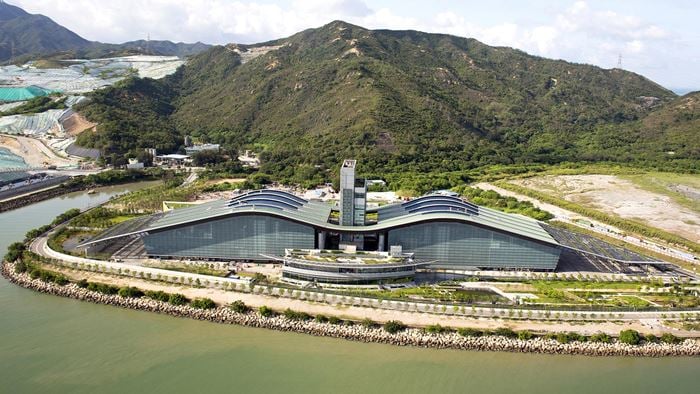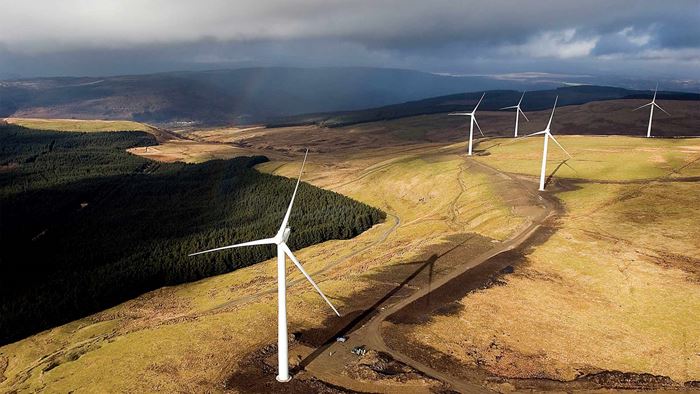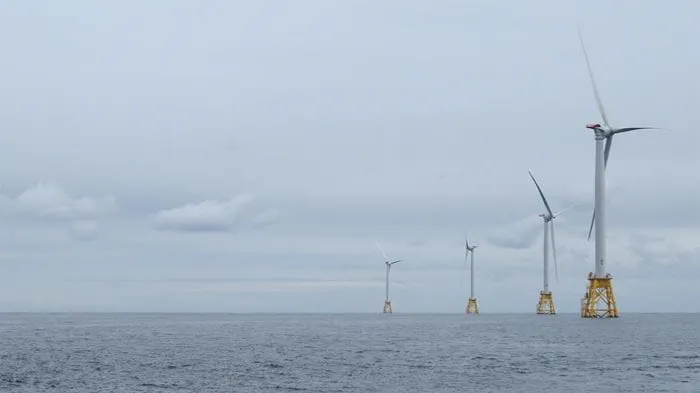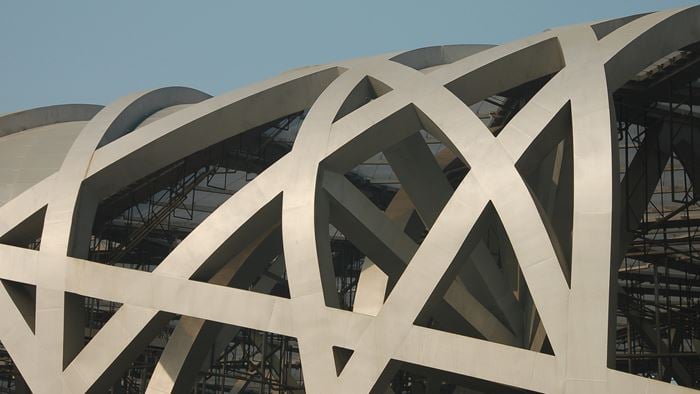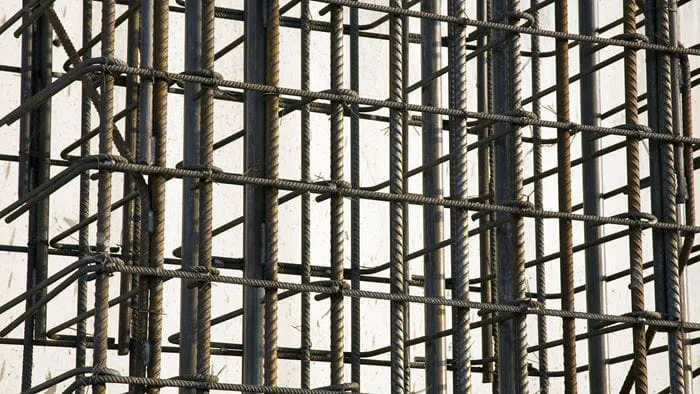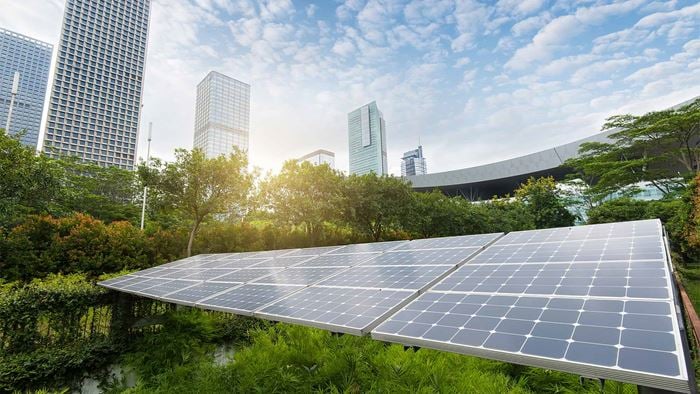We have been commissioned by CLP Power Hong Kong Limited to design an offshore meteorological mast to collect wind and wave data for the feasibility study of a wind farm. The site is located in the south-eastern waters of Hong Kong, and the proposed wind farm will have a maximum capacity of 200MW.
New foundation type
The met mast foundation and its installation presented an unprecedented technical challenge to us, as there had been no previous offshore projects in Hong Kong. The mast needed to be installed in 30m of water over soft marine clays and medium dense alluvial sands, and wave height could be up to 16m in a typhoon.
Project Summary
200MW maximum capacity
30mof water over soft marine clays and medium dense alluvial sands for the mast foundation and its installation
90mwind speed at hub height can be detected using LiDAR Technology

A method with key benefits
On consideration of the conditions at our site, we proposed to use a suction can foundation for the met mast. This method doesn't require dredging or pile driving of the seabed and lessens the associated environmental impact. The suction cans can be removed completely from the seabed at the end of their use. As the installation is fast and safe, the minimised weather risks results in project cost savings.
The met mast suction cans tripod was fabricated as a single structure, with steel suction cans 7m in diameter. The structure was successfully installed within four days. Since its installation the met mast has performed well in severe typhoons, and no permanent tilt or settlement has been detected.
The project marks the first time that the innovative suction caisson foundation system has been used in Hong Kong. Building on its success, we have obtained design approval from the Hong Kong Building Authority to apply this technology to wind turbines for the future wind farm project.
LiDAR Technology for wind monitoring
For wind monitoring, we had chosen to utilise LiDAR, a technology which can detect wind speed and direction using laser beams. This allowed for a much shorter met mast than conventional approach making maintenance easier for the client. LiDAR can measure wind speed at hub height or beyond of the future wind turbines (90m above mean sea level), up to 200m.
Other key drivers in the foundation selection process for the met mast included:
-
Short installation period (3-4 days) to limit the exposure to weather risks
-
Works to be carried out in summer for a calmer sea in general
-
EIA requirements to minimise noise, dredging, disturbance to seabed
-
Impact of decommissioning (the wind farm structures are required to be completely removed from the seabed after 25 years of design life).
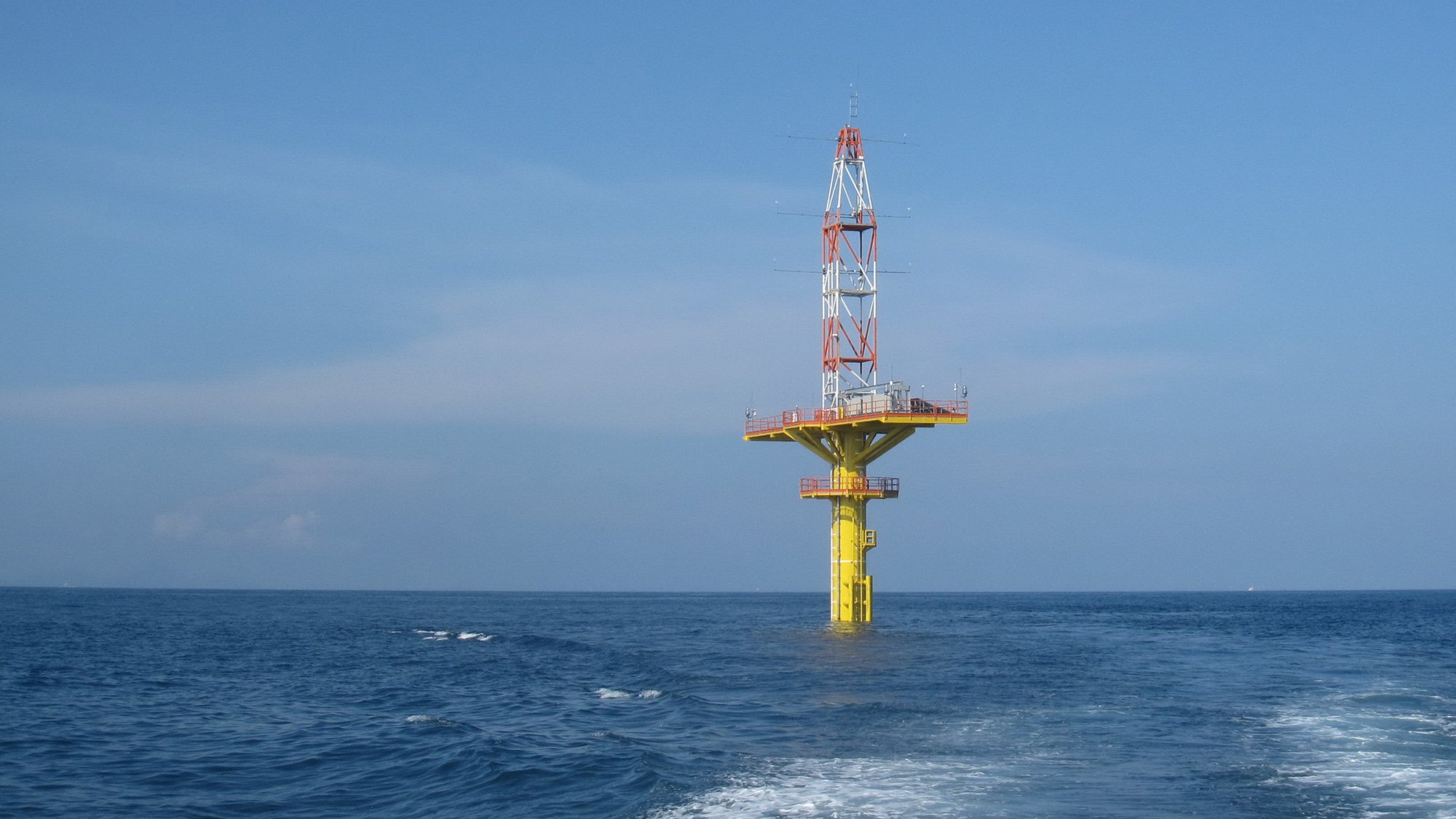 ;
;

